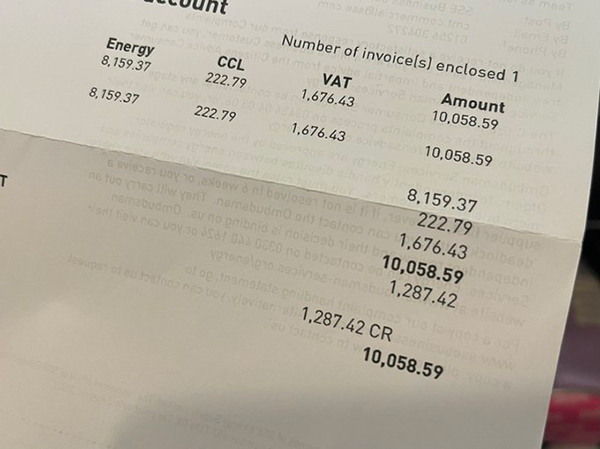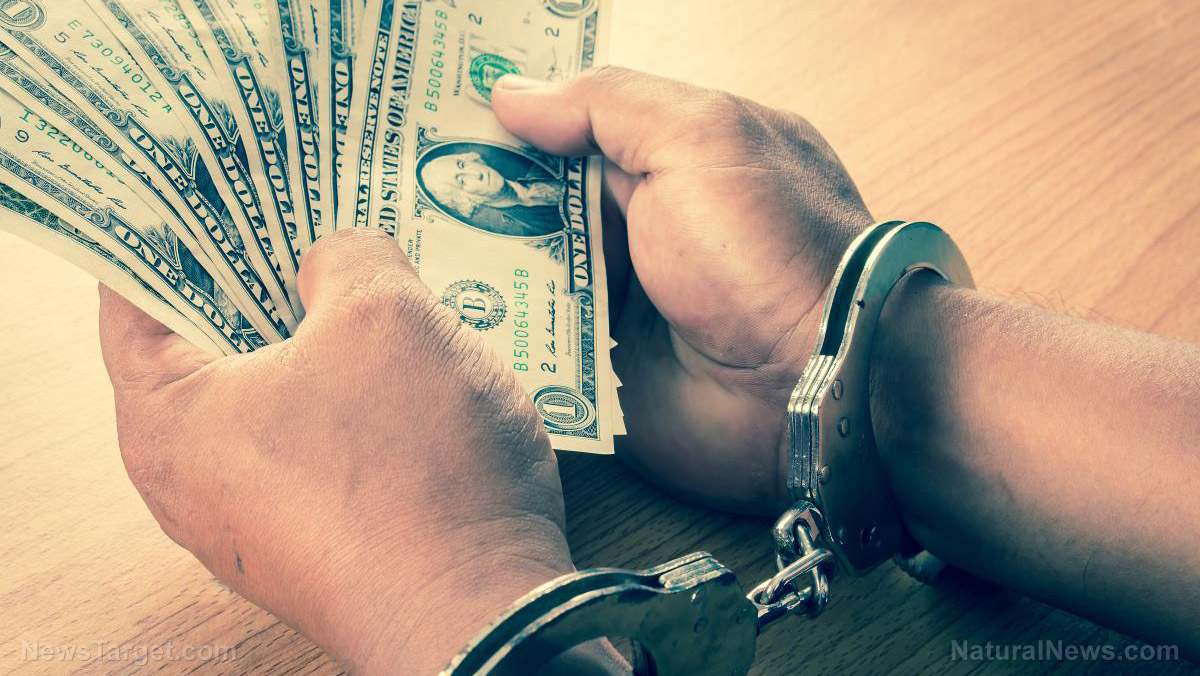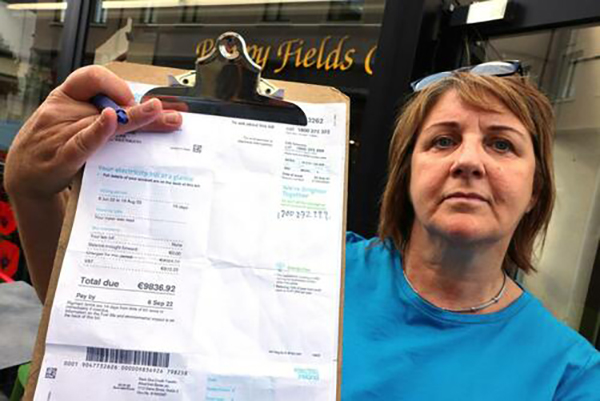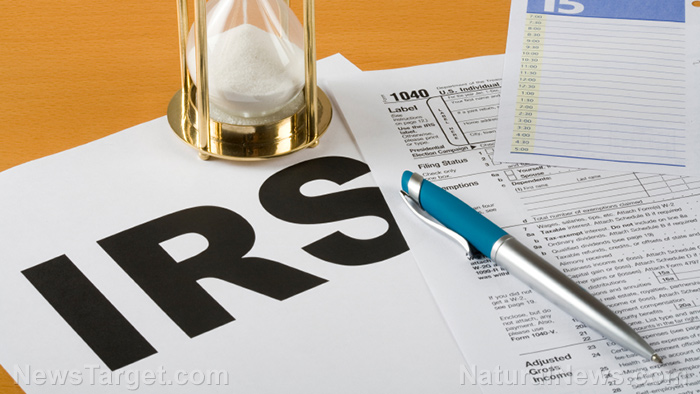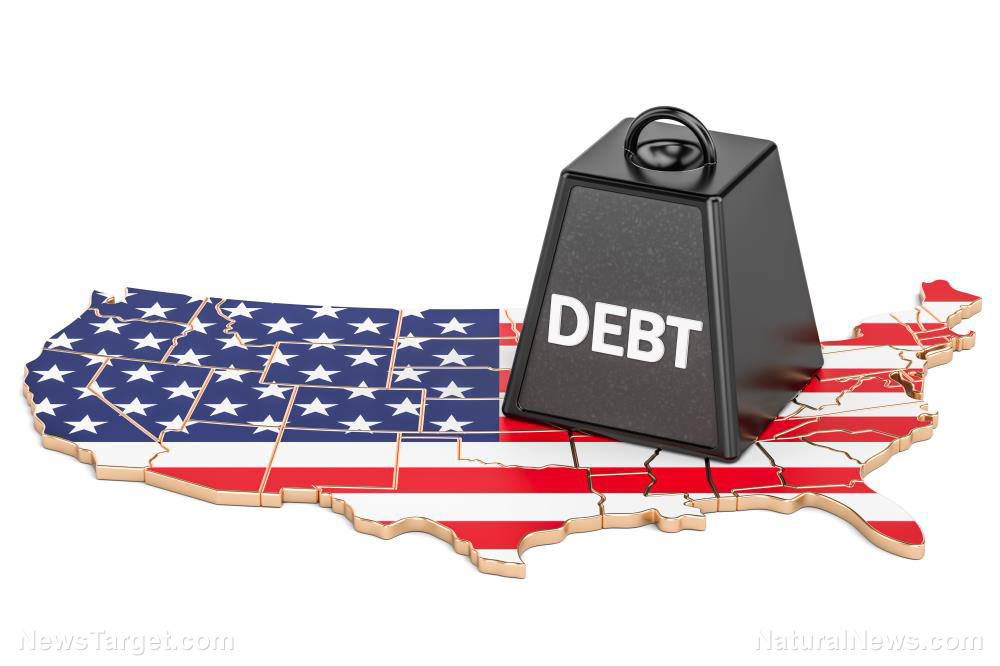Biden’s debt forgiveness plan is an open invitation for educational institutions to commit FRAUD
09/09/2022 / By Mary Villareal

Most federal student loans are now eligible for income-based repayment plans under President Joe Biden’s student loan program. Under these plans, students will pay a small percentage of their discretionary income over a certain number of years.
While these plans seem reasonable at first glance, lawyer and political analyst Matt Bruenig pointed out that they create perverse incentives.
An example is a law graduate who goes on to work in the public sector.
Under the Public Service Loan Forgiveness (PSLF) program, law graduates working in the public sector only have to pay 10 percent of their discretionary income for 10 years in order to have their debt forgiven. This is regardless of how much the law school charges them, or how much debt they had to take on.
These law schools also started setting up loan repayment programs (LRAPs) that give graduates money to cover the modest repayments that are required by the PSLF.
The LRAP scheme works like this:
- The school increases their tuition.
- The student takes out federal loans to cover the tuition increase.
- The school squirrels away the debt-financed tuition increase into an LRAP fund.
- The school disburses money from the LRAP fund to cover PSLF repayments.
This means that the student pays for nothing, while the law school gets more revenue immediately. It is a win for both the school and the student.
Chalk up the loss to taxpayers.
Tips to rig the system circulating on Twitter
There are tips going around Twitter showing many examples of how to rig the system, such as to borrow the maximum loan eligibility and “illegally” invest the money. (Related: Massive student loan fraud scam: 99.8% of repayment data fraudulently altered by schools.)
The new Biden plan makes the income-driven repayment schemes even more generous, with changes that could allow every school to have the possibility of using a law school-like program to shift the costs onto the taxpayers.
According to CNBC, the average burden per U.S. taxpayer for the new federal debt cancellation will be $2,503.22, as per estimates from the National Taxpayers Union.
Computations show that low-income taxpayers, or those earning between $1 to $50,000, would have an average additional cost of $190. Those whose gross incomes fall between $50,000 and $75,000 would shoulder $1,040, while those earning between $75,000 and $100,000 would shoulder $1,774. For those with incomes of $100,000 to $200,000, their share would be $3,791.
High-income taxpayers earning between $200,000 to $500,000, would have an additional cost of $11,940.
This is based on the assumption that policymakers would need to make up for the total tally of the forgiveness through tax increases, spending cuts, borrowing or a combination of these strategies.
Bruenig said the new rules could quite radically alter the incentives of schools and students when it comes to college prices, institutional financial aid, how much debt should be taken on and how to approach repayment.
The programs are likely to be very expensive that could result in an increase in the price of tuition, which could later lead to calls to either end the program or have price controls on education.
Visit DebtCollapse.com for more updates about Biden’s student loan debt forgiveness plan.
Watch the video below for a rundown of Biden’s student loan forgiveness.
This video is from the Win in Court(U.S.A.) channel on Brighteon.com.
More related stories:
Former Trump adviser: Student loan forgiveness plan likely to backfire on Dems.
Sources include:
Submit a correction >>
Tagged Under:
big government, college, conspiracy, corruption, debt collapse, debt forgiveness, deception, economics, economy, government debt, insanity, Joe Biden, loan debt, loan forgiveness, national debt, rigged, student loans, stupid
This article may contain statements that reflect the opinion of the author
RECENT NEWS & ARTICLES
COPYRIGHT © 2017 PENSIONS.NEWS
All content posted on this site is protected under Free Speech. Pensions.news is not responsible for content written by contributing authors. The information on this site is provided for educational and entertainment purposes only. It is not intended as a substitute for professional advice of any kind. Pensions.news assumes no responsibility for the use or misuse of this material. All trademarks, registered trademarks and service marks mentioned on this site are the property of their respective owners.

